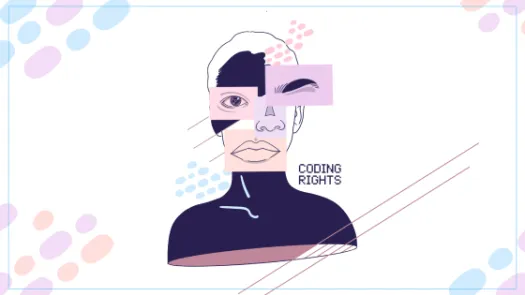The Future of Biometric Surveillance in Brazil

This is a guest piece. It does not necessarily reflect the views or position of Privacy International.
In 1997, plans for a Civil Identification Registry (RIC) were signed into law in Brazil, promising to unify the 27 regional identification registries into a centralized federal one by 2020. The law, which was only enacted in 2010, continues to face obstacles to its implementation, but in 2014 there was a renewed wave of support for the project from the Ministry of Justice. Though the RIC identification system remains in the ‘testing phase’ according to the Chamber of Deputies, a smartcard prototype has already been launched, containing digitised biometric information linked to an Automated Fingerprint Identification System (AFIS) and allowing for automated facial recognition. While fingerprinting has long since been standard practice in identity registration in Brazil, the digitization of this information into a centralised database poses a much greater threat to privacy, particularly while concerns about data protection and mass surveillance remain largely unaddressed.
As of 2014, a bill is being discussed in the Chamber of Deputies which would make the registration of biometric information compulsory, providing 1 year for issuing agencies to capacitate themselves and setting a 6 year cut-off after which non-biometric ID cards would be rendered invalid. Deputy Marchezan Junior, the proponent of this bill argues that this centralized identification system will allow for “greater efficiency and effectiveness in the protection of citizens, mainly because it will allow for the definitive identification of individuals in large crowds and on public transport”. This potential for mass surveillance may be lauded for its efficiency and effectiveness, but what it implies in practice are potentially serious threats to the citizens’ freedom of movement and freedom of assembly.
While the nationalized ID system remains entangled in bureaucracy, a number of states in Brazil have taken the initiative of implementing these biometric systems independently. The state of São Paulo has created the ‘São Paulo Card’ modelled on the RIC cards, but funded by a public-private partnership. Similar reforms to the current system of ID cards are being implemented in Rondônia, Mato Grosso do Sul, Rio Grande do Sul, Paraná, and Santa Catarina. A partnership of southern states has come together to integrate their identification systems, each with efforts to digitise the biometric information collected. In spite of delays in the plan to federalise biometric identification by 2020, the growing trend of biometric data collection in Brazil has in no way slowed.
In addition to the goal of standardising biometric ID cards, the Brazilian government also aims to improve the electoral system using biometric technology. In 2008, the Superior Electoral Court launched a pilot project of biometric voting registration which became compulsory in some areas in 2011. Since then, the Court has been working towards reregistering all voters under this new system. By 2014, 23 million voters were affected. A bill proposed to the Chamber of Deputies by Guilherme Campos in 2014 would link this initiative to the Civil Identification Registry (RIC), combining the two biometric databases. This proposal has been reiterated in a 2015 draft bill establishing a National Civil Registry (RCN). The RCN revives its RIC predecessor in centralizing identification documents and biometric information, with the addition of voter registration information.
Though biometric national identification has yet to become the standard, the use of biometrics in other facets of public life is already being rolled out. In March 2015, plans to adopt a fingerprint-based transport card system were announced in Rio de Janeiro. Meanwhile, facial recognition technology on buses is already in use in a number of Brazilian cities. These biometric transport systems are largely products of public-private partnerships, so it is not entirely clear what degree of access the government will have to their biometric databases. But while these partnerships continue to lack accountability for the data collected, the implementation of these new technologies are another step towards the ‘ideal’ of mass surveillance referenced by Deputy Marchezan Junior.
If these biometric systems are rolled out without further privacy checks, the infrastructure for a nationwide surveillance network will be well on its way to being established.



